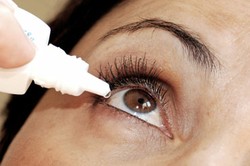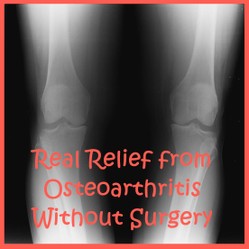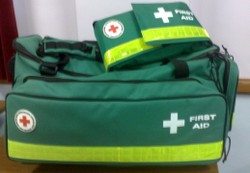Dry eye is often not curable and becomes a chronic condition. If medication side effects have caused the dry eye, sometimes if the medication is stopped the problem will clear on its own.
Artificial tears is the mainstay treatment for dry eyes. These lubricant eye drops are applied three or four times during the day. Your doctor can advise you how frequently to use these drops and which are the best ones for you. The thicker drops can provide more lasting results, but they may blur vision. Therefore, it is best not to use them before driving.
A prescription medication called restasis reduces inflammation, which is often the underlying cause of certain dry eye conditions.
Lacrisert is another prescription option. It comes in the form of a tiny bead-shaped insert that you place in the lower eyelid. As it melts slowly, a viscous lubricant is released and it lasts for several hours.
Small pieces of silicone or collagen can be inserted into the eyelids' drainage canals are called punctal plugs. This plugs the drainage tubes and keeps the tears in your eyes for a longer period. They are mainly used with aqueous deficient dry eye, but can help with any kind of dry eye.
In the case of severe dry eye, the puncta–the drainage holes for tears–can be scarred shut surgically for difficult cases that resist every other treatment.
Dry eye may also be relieved by proper nutrition. Taking flaxseed oil or Omega-3 fish oil helps to promote lipids of good quality by the Meibomian glands. This will to reduce the tears' evaporation.
Generally, having dry eye prevents people from being good candidates for LASIK, as having dry eye is a common complaint after LASIK surgery. Having LASIK could aggravate dry eyes.









 How The FDA Approves New Medicineson 08/16/2013
How The FDA Approves New Medicineson 08/16/2013
 10 Tax Mistakes Business Owners Makeon 08/05/2013
10 Tax Mistakes Business Owners Makeon 08/05/2013
 Accessories For Traveling With Jeweleryon 02/12/2013
Accessories For Traveling With Jeweleryon 02/12/2013
 Stages of the Sleep Cycleon 09/23/2012
Stages of the Sleep Cycleon 09/23/2012



Comments